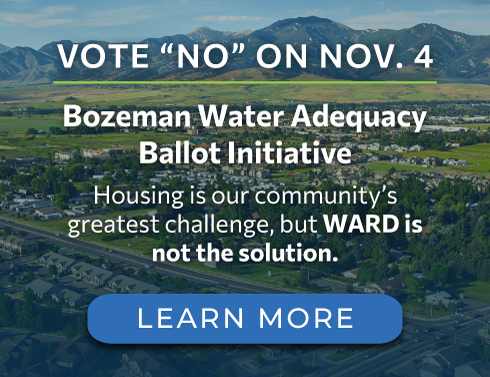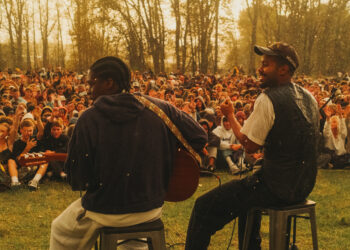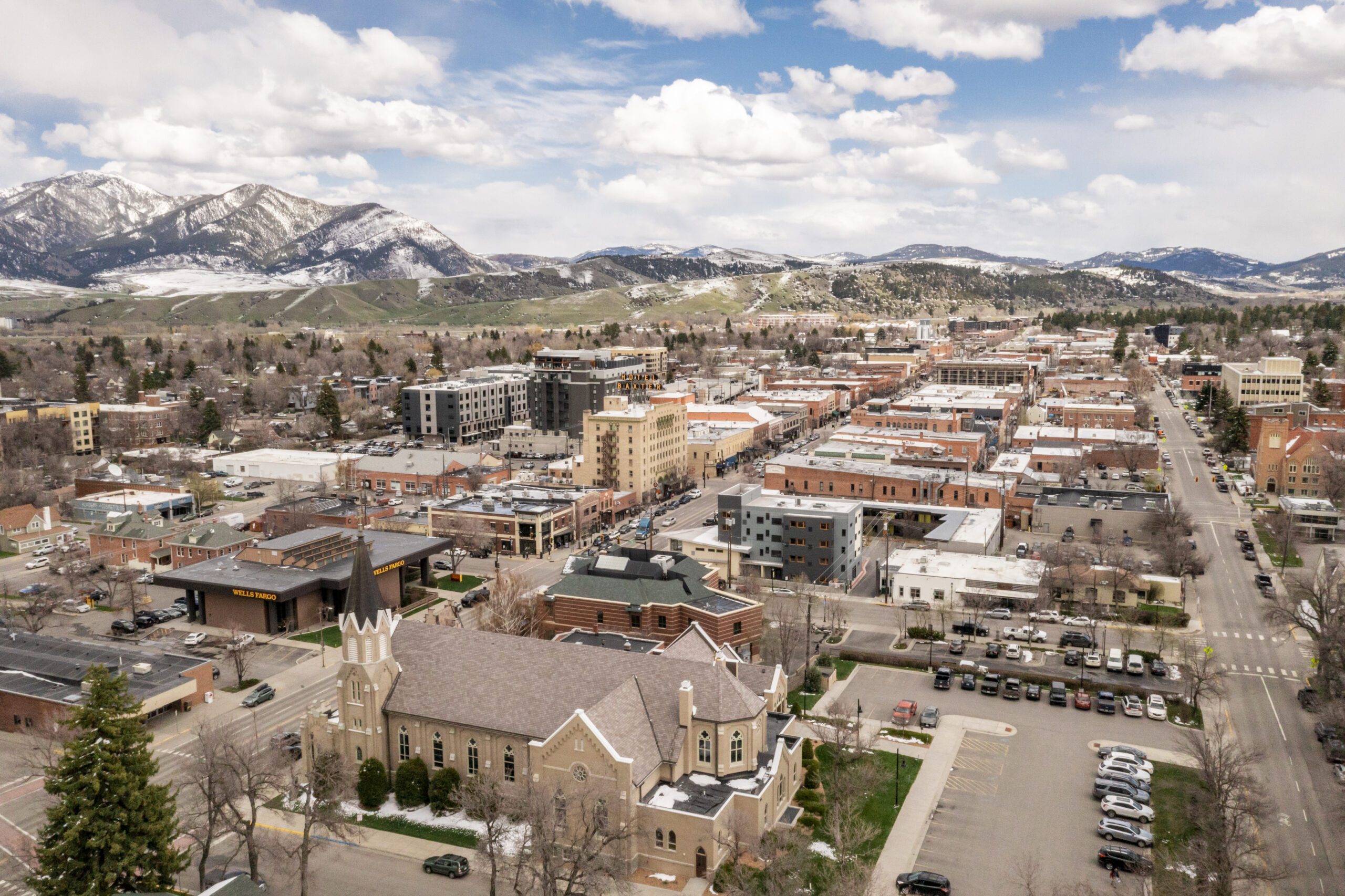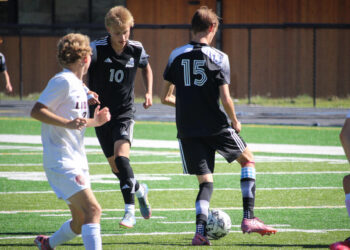By Bella Butler EBS CONTRIBUTOR
It was mid-October when backcountry skier Elliot Natz set out to ski Gem Lake Couloir in the Bitterroot Mountains. Stubborn summer warmth lingered and it was a balmy 40 degrees and slightly stormy. As Natz approached the top of the chute, he heard the echoes of falling rocks. A series of small, wet snow slides cascaded down his path, burying him up to his waist. Suddenly alert, he wriggled himself out of captivation and escaped to safety.
Natz is more fortunate than the 25 to 30 people who die in avalanches each year in the United States. In fact, snow slides are reportedly the deadliest natural hazard in our national forests.
However, when people make the choice to venture into the backcountry in spite of the looming risks, even in the spring, they can rely on one key resource: avalanche forecasts.
Todd Glew is an avalanche forecaster for the West Central Montana Avalanche Center in Missoula. A few days a week, he and fellow forecasters throughout the state compose area-specific reports known as avalanche advisories. The advisory evaluates the safety of backcountry conditions on a scale from low to extreme and outlines the concerns of the day. It’s bolstered with colorful graphics that even the most novice of users can interpret.
“Our role is super important,” Glew said. “Checking the forecast is imperative to anyone heading into the backcountry.”
The forecasters follow weather patterns closely, and when in the field, they perform a series of tests and observations that inform their reports. Their process is typically much more thorough than the average backcountry recreationist, making the avalanche advisory an essential tool.
As Montana transitions from winter to spring, forecasting practices change slightly.
“When we are in a full spring regime, we are digging pits and taking temperatures,” said Doug Chabot, director of Bozeman’s Gallatin National Forest Avalanche Center. By focusing on temperatures, the forecasters can establish if the snowpack is above freezing—a spring condition that can potentially instigate large and hazardous wet slides.
Chabot acknowledges that spring can be an ideal time for backcountry recreationists to set their sights on more aggressive lines, but risk is still present.
“People need to remember that all the standard rules apply,” he said. “You want to always carry your avalanche rescue gear, you want to always have a partner and you want to always go one at a time.” Chabot also recommends backcountry missions be limited to earlier morning hours, when the snowpack is still frozen. Getting caught in avalanche terrain as afternoon temperatures rise can put you at risk for triggering a wet slide.
Part of a forecaster’s job is passing on their wealth of knowledge to others. Backcountry skiing is the first thing Glew remembers doing when he moved out west from his home in Boston, but he knew he wanted to do more than just ski.
“I realized I also wanted to teach,” he said. Glew was able to combine his passions working as an educator for avalanche centers in the Salt Lake City area as well as Missoula. He continues to do community education through avalanche classes and public events.
Although Glew loves his job, avalanche forecasting comes with stresses. The avalanche advisory is no perfect science, though many people use it as such.
“The spatial variability of it all is tough,” Glew said. The West Central Montana Avalanche Center advises for over 900,000 acres of space. Conditions vary slope to slope, and they can differ tremendously.
Dealing with a complex snowpack that has been influenced by unique weather patterns also poses a challenge. Glew calls this a “grey area.” “You’re trying not to shoot too high [or] too low in your forecast,” he said. After all, the consequences can be deadly.
Backcountry recreationists are encouraged to use the forecast as just one tool in their belt and to combine the information with their own observations and tests. Still, the margin for error or poor decisions can lead to the ultimate tragedy.
“You have to be okay with always knowing there are risks,” he said, remembering many of his friends that have fallen victim to snow slides. For Glew, there have been instances after losing people he cared for when he wanted to give up his work with avalanches altogether. What keeps him in it is selflessness.
“I feel like I’ve been doing this long enough that if I were to leave, I’d be doing a disservice to the community,” he said. “I definitely think you can take the bad stuff to heart, but you just try and do the best job that you can.”
The National Avalanche Center estimates that in the entire country, there are only around 170 part-time and full-time forecasters, many of whom only work in-bounds at ski resorts. The pay isn’t outstanding, Glew says, and many people are turned away because of this. There are few individuals who are outfitted with enough experience and education to be a qualified avalanche forecaster.
For more information or to check out the local avalanche advisory, visit mtavalanche.com.
Bella Butler is originally from Big Sky. She is currently in her second year of studying journalism at the University of Montana in Missoula.














